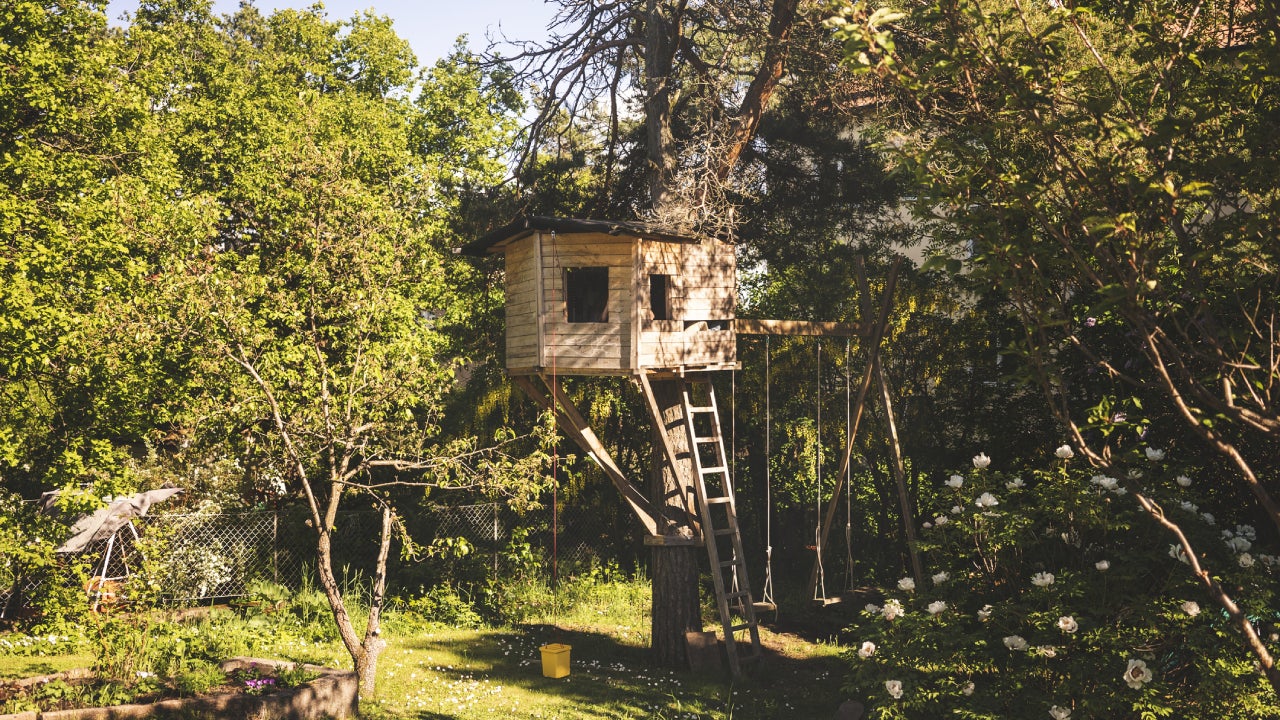Does home insurance cover fences?




Key takeaways
- Standard homeowners insurance often covers other structures on your property, such as fences.
- Only certain types of damage to a fence like vandalism and storm damage are covered by insurance.
- Filing a claim for damage to a fence is typically a straightforward process that requires documenting the damage and contacting the insurance provider.
How does home insurance cover fence damage?
While the primary component of standard homeowners insurance is dwelling coverage, which applies to the structure of your home, a policy’s coverage extends beyond that. Home insurance covers fences (and other structures on your property), as well as your personal belongings. Here’s what you should know:
- Other structures coverage: This portion of your policy is designed to cover structures on your property that stand separate from your home. This typically includes fences, sheds and detached garages. For instance, if your home is insured for $300,000, up to 10 percent of that amount (or $30,000 in this example) can typically be allocated to repair or replace other structures like fences in the event of damage due to a covered peril.
- Covered perils: Knowing which perils your policy covers is crucial. Standard policies typically cover damage caused by events like fires, theft and windstorms. However, it’s common for policies to exclude natural disasters like floods and earthquakes unless additional coverage is purchased. Therefore, coverage for your fence likely wouldn’t be extended in these events under a standard policy.
- Named perils vs. open perils: Policies are generally categorized based on the type of perils they cover. Named-peril policies only cover damages caused by events specifically listed in the policy, whereas open-peril policies cover all sources of damage unless they are explicitly excluded. Both types of policies involve a deductible, meaning you are responsible for covering a specified amount of damage out of pocket.
By familiarizing yourself with these aspects of homeowners insurance, you can better navigate your coverage and understand how it applies to fence damage, ensuring you’re prepared in case you need to file a claim.
What kind of fence damage is covered by home insurance?
Here is a quick look at some of the most common causes of fence damage and whether or not you could file a home insurance claim for them.
Wear and tear
No. Wear and tear is not covered by home insurance for your fence or any other part of your home. Your homeowners insurance company holds you responsible for performing required maintenance and upkeep around your home.
Fences are known to deteriorate over time. If you don’t invest in the required ongoing maintenance to keep the fence in good shape and the fence rots as a result or it damages more easily amid the elements, insurance will not pay for repairs.
Similarly, if a strong wind blows your fence over and your home insurance company later finds that the fence was already falling apart because you had not conducted proper maintenance, then coverage could be denied.
Tree falls on the fence
Yes, a tree falling on a fence is typically covered by homeowners insurance. Whether the tree was on your property or your neighbors, you can file a claim, since it was your property that was damaged.
If the tree is on your neighbor’s property and your insurance company finds that the limb or tree fell because your neighbor was negligent in their tree maintenance, the insurer may try to recover the costs from your neighbor’s insurance company. The same can hold true for you. If you fail to properly maintain the trees on your property and one falls or drops a limb on your fence, your insurance company might deny coverage.
On the other hand, if the fallen tree was caused by a covered event, such as a windstorm, then insurance is likely to help cover the costs.
Storms
In many cases, fence damage caused by a storm will be covered. This means wind damage to a fence is typically covered by insurance, as is damage from hail storms or lightning strikes.
But if you live in a coastal area, especially if it is prone to hurricanes, your policy might exclude wind damage to fences from named weather events. Review your policy specifics or consult an agent to determine whether you should seek out a windstorm insurance endorsement.
Your policy may already include a separate windstorm deductible for named storms, too. A “hurricane deductible” is typically 1 percent to 5 percent of your home’s insured value. Again, this information is spelled out in your policy documents, but you could also seek guidance from an insurance agent to gain clarity.
Vandalism
Yes, vandalism is usually covered by standard homeowners insurance policies. This type of damage is typically defined as another party purposefully destroying or defacing your property, such as your fence. So if your fence gets damaged by vandals or graffiti, your policy could pay out for the necessary repairs (up to your policy limits).
A car hit the fence
This too may be covered. Your home insurance can pay for repairs to a fence hit by a vehicle, but you may also use the responsible driver’s property damage liability coverage, which is required in most states. In other words, because the damage is their fault, their car insurance liability coverage should pay for the property damage they caused to your fence.
Termites
No, insurance does not cover fence damage caused by termites. Similar to when your fence rots from lack of maintenance or shows signs of wear and tear due to negligence, your home insurance company considers termite damage a home maintenance issue. This means you will need to cover the cost of getting rid of the termites and repairing your fence.
How do you file a claim for fence damage?
Filing a claim for fence damage should be a straightforward process. Here’s how to go about it:
- Document the damage: Begin by taking clear, contextual photos of the fence damage before making any repairs. This visual evidence is vital for your claim.
- Assess the need to file a claim: Consider whether the damage warrants a claim. Remember to factor in your deductible. For instance, if your deductible is $1,000, but the repairs might only cost a few hundred dollars, experts recommend handling repairs on your own. Remember that filing a claim could affect your future home insurance premiums.
- Contact your insurance provider: If the damage is significant and you believe it surpasses your deductible, initiate the claims process. This can usually be done by calling your insurer, contacting your insurance agent directly or using the insurer’s website or mobile app to submit a claim online.
- Follow the insurer’s guidance: Your insurance company may send a claims adjuster to inspect the damage or ask you to upload the photos you’ve taken to their app or website. Follow your insurer’s instructions carefully and stay in touch with your agent to ensure a smooth claim process.
Adhering to these steps can help ensure you receive the financial support you need to repair or replace your damaged fence.
Frequently asked questions
You may also like

Homeowners insurance statistics and facts

Does homeowners insurance cover foundation repair?

Does homeowners insurance cover treehouses?

